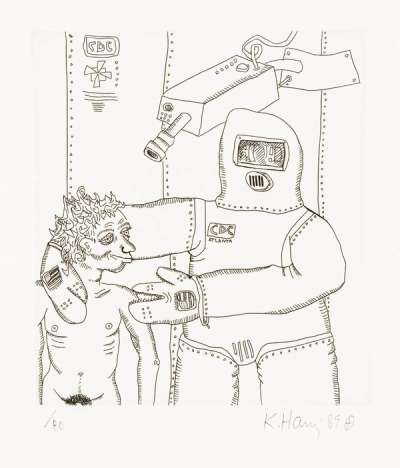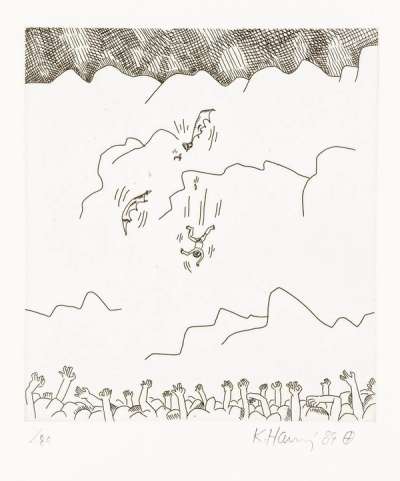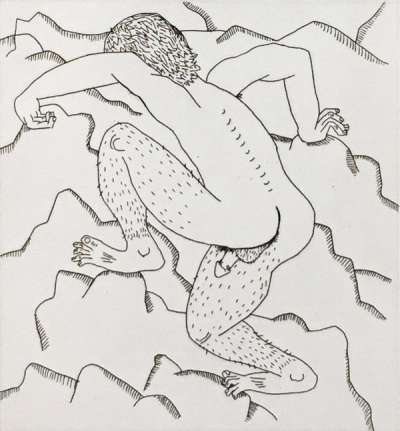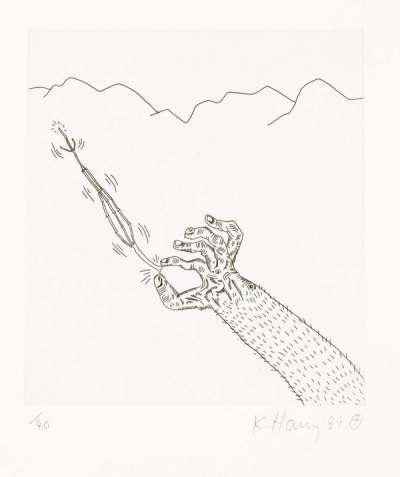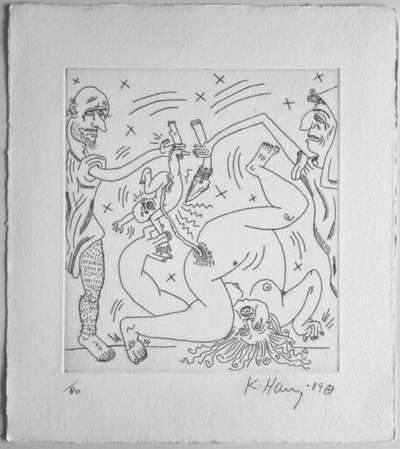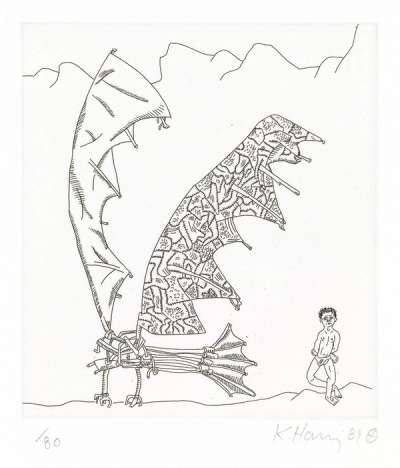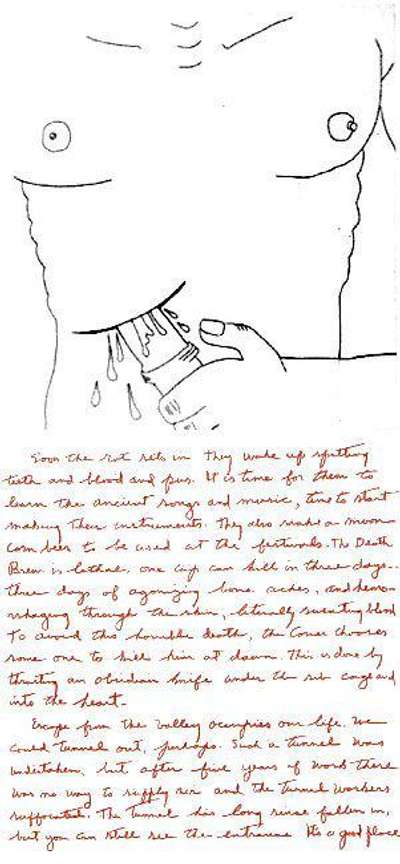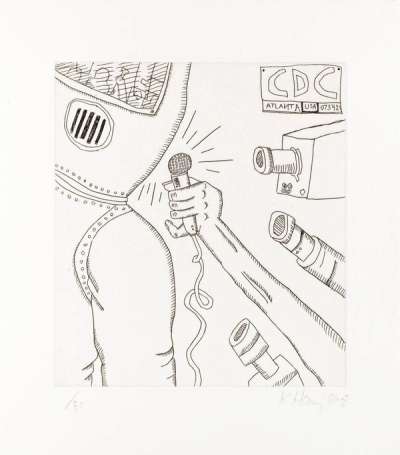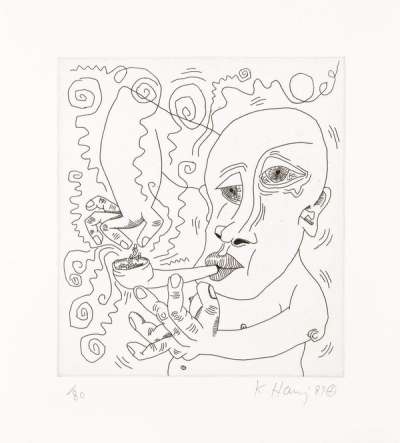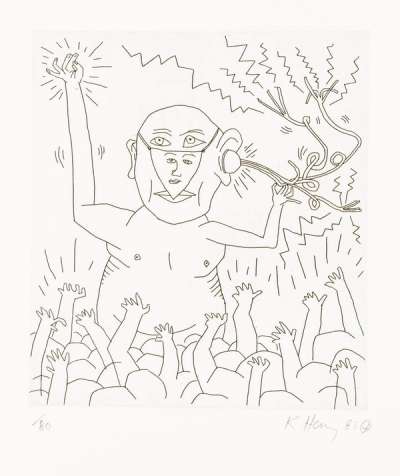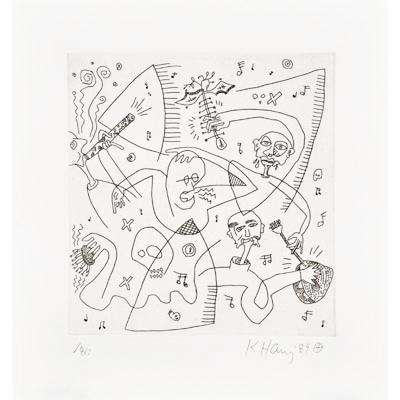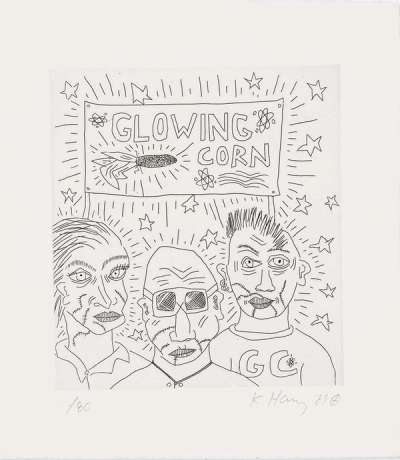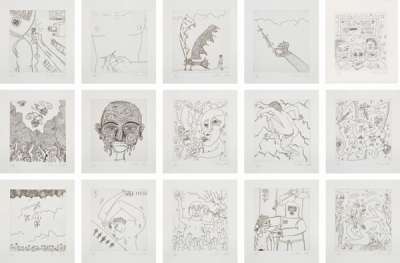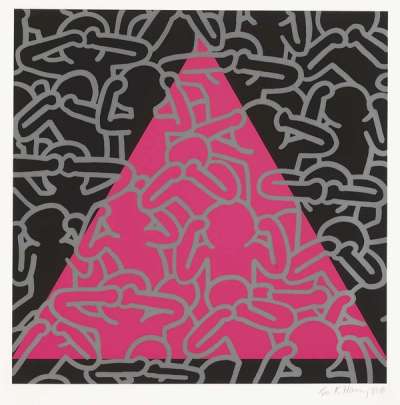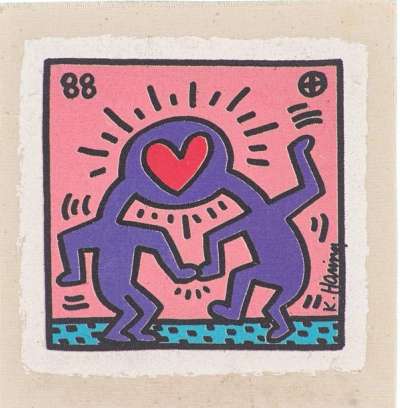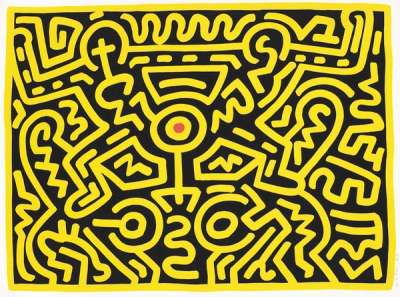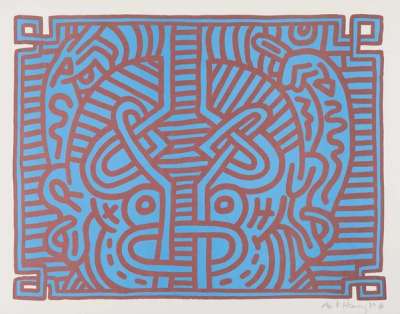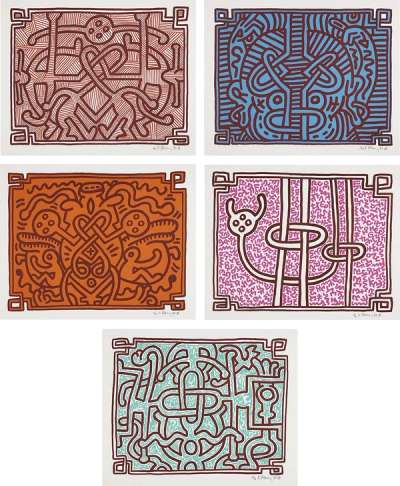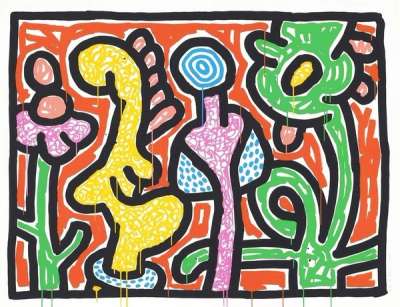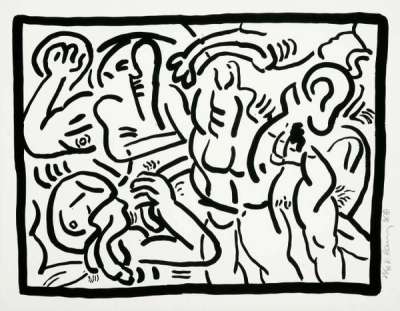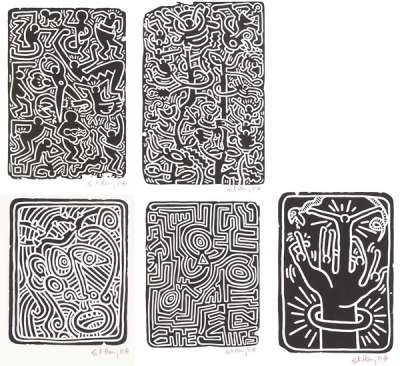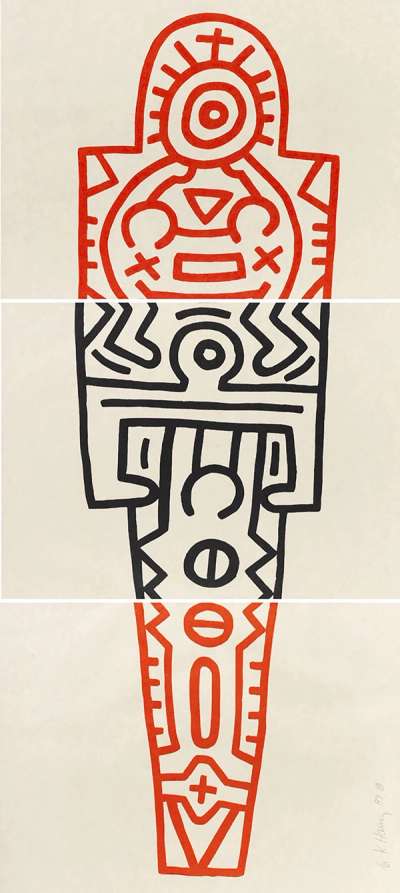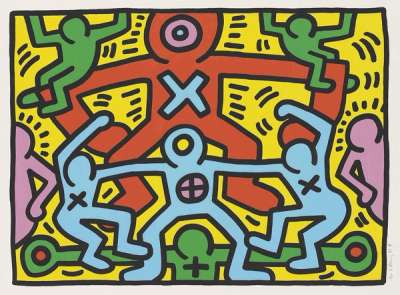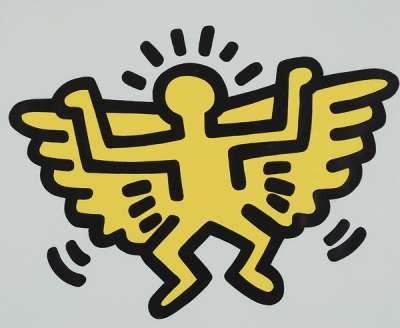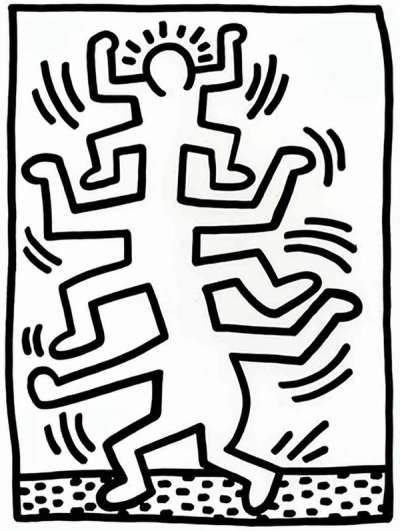
The Valley Page 12

The Valley Page 12
Signed Print
Keith Haring
£2,450-£3,650Value Indicator
$5,000-$7,500 Value Indicator
$4,550-$7,000 Value Indicator
¥23,000-¥35,000 Value Indicator
€2,950-€4,350 Value Indicator
$25,000-$35,000 Value Indicator
¥470,000-¥710,000 Value Indicator
$3,150-$4,750 Value Indicator
AAGR (5 years) This estimate blends recent public auction records with our own private sale data and network demand.
There aren't enough data points on this work for a comprehensive result. Please speak to a specialist by making an enquiry.
Medium: Etching
Edition size: 80
Year: 1989
Size: H 36cm x W 30cm
Signed: Yes
Format: Signed Print
TradingFloor
Track this artwork in realtime
Watch artwork, manage valuations, track your portfolio and return against your collection
Track auction value trend
Auction Results
| Auction Date | Auction House | Location | Hammer Price | Return to Seller | Buyer Paid |
|---|---|---|---|---|---|
| June 2019 | Forum Auctions London | United Kingdom | |||
| May 2018 | Bonhams New York | United States |
Meaning & Analysis
This signed etching from 1989 is a limited edition of 80 from Keith Haring’s The Valley series. The Valley Page 12 shows an image of three helicopters flying over a valley to rescue a group of people in the foreground, rendered in fine black lines in a highly unusual composition.
The Valley Page 12 is accompanied by an ominous text by the beat poet and novelist William S. Burroughs, describing the rescue mission portrayed in the image. Copied by hand on sixteen sheets of tracing paper, the text is photo-etched onto copper plates and printed in red ink. The text which is also titled, ‘The Valley,’ is a chapter from the author’s novel, The Western Lands from 1987.
The use of closely rendered, thin lines is unusual within Haring’s oeuvre and creates a dense pattern across the lower half of the print. The group of figures in the foreground are shown with eyes like saucers and their arms are flapping in the air, working to increase the tension of the image. This particular series is representative of a stylistic shift exemplified in his Cranbrook Mural (1987) that introduced intentional blotches, drips and themes around death and the end of times.
Keith Haring was a luminary of the 1980s downtown New York scene. His distinctive visual language pioneered one-line Pop Art drawings and he has been famed for his colourful, playful imagery. Haring's iconic energetic motifs and figures were dedicated to influencing social change, and particularly challenging stigma around the AIDS epidemic. Haring also pushed for the accessibility of art by opening Pop Shops in New York and Japan, selling a range of ephemera starting from as little as 50 cents. Haring's legacy has been cemented in the art-activism scene and is a testament to power of art to inspire social change
